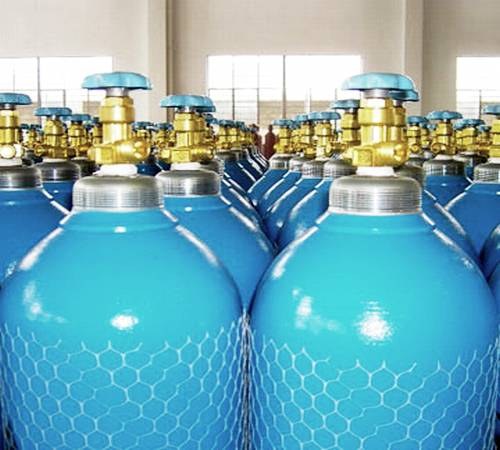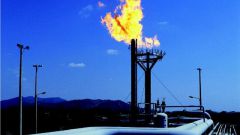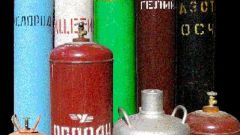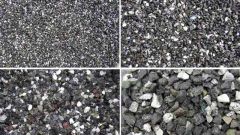Instruction
1
Oxygen tank – the goods of high risk. Rules of transportation of this gas is regulated by several normative documents: decree No. 91 of Gosgortekhnadzor from 11.06.13, Rules of arrangement and safe operation of vessels with gas Regulations on the transport of inert gases and oxygen.
2
Liquid oxygen – active paramagnetic. Upon contact with any solid object it causes its fragility. In contact of this liquid with a bluish tinge on the asphalt surface, followed by an explosion. Therefore, its transportation must be conducted in strict accordance with the rules and regulations. The first requirement for transportation – it is only with the help of special cars or coaches. Oxygen cylinders should be painted in blue, the machine is equipped with spring shock absorbers to prevent while driving severe vibration.
3
Special attention is paid to the location of the cylinders: they must be laid horizontally between the containers install protective padding. Quality you can use wooden blocks, on opposite sides of which are recesses of the socket that holds oxygen cylinders in a fixed position. In the absence of bars you can use a thick (at least 2.5 cm thickness) the rope or rubber. These materials make the rings that you wear on the gas cylinder. They should each have two separators: top and bottom. The valves wear protective caps and stack the cylinders in the same direction.
4
For transportation of containers with oxygen are the containers, equipped in accordance with the rules of transportation of dangerous goods. They filled with gas are arranged vertically, but each of them is equipped with dividing strips. During transport, cylinders must be protected from overheating and contact with any lubricants. This requirement is due to explosive gas. In the process of transportation should avoid travel near an open flame, never leave the load unattended.
5
For transportation of containers with liquefied or compressed oxygen only the legal aged persons who have passed instructing and medical survey. At least once a year, drivers are tested for knowledge of the regulations and rules of work with liquefied oxygen. Admission to the carriage of oxygen cylinders with oxygen is made by special order. In the event of an accident or tragedy associated with death, the responsibility for the incident lies with the driver.









